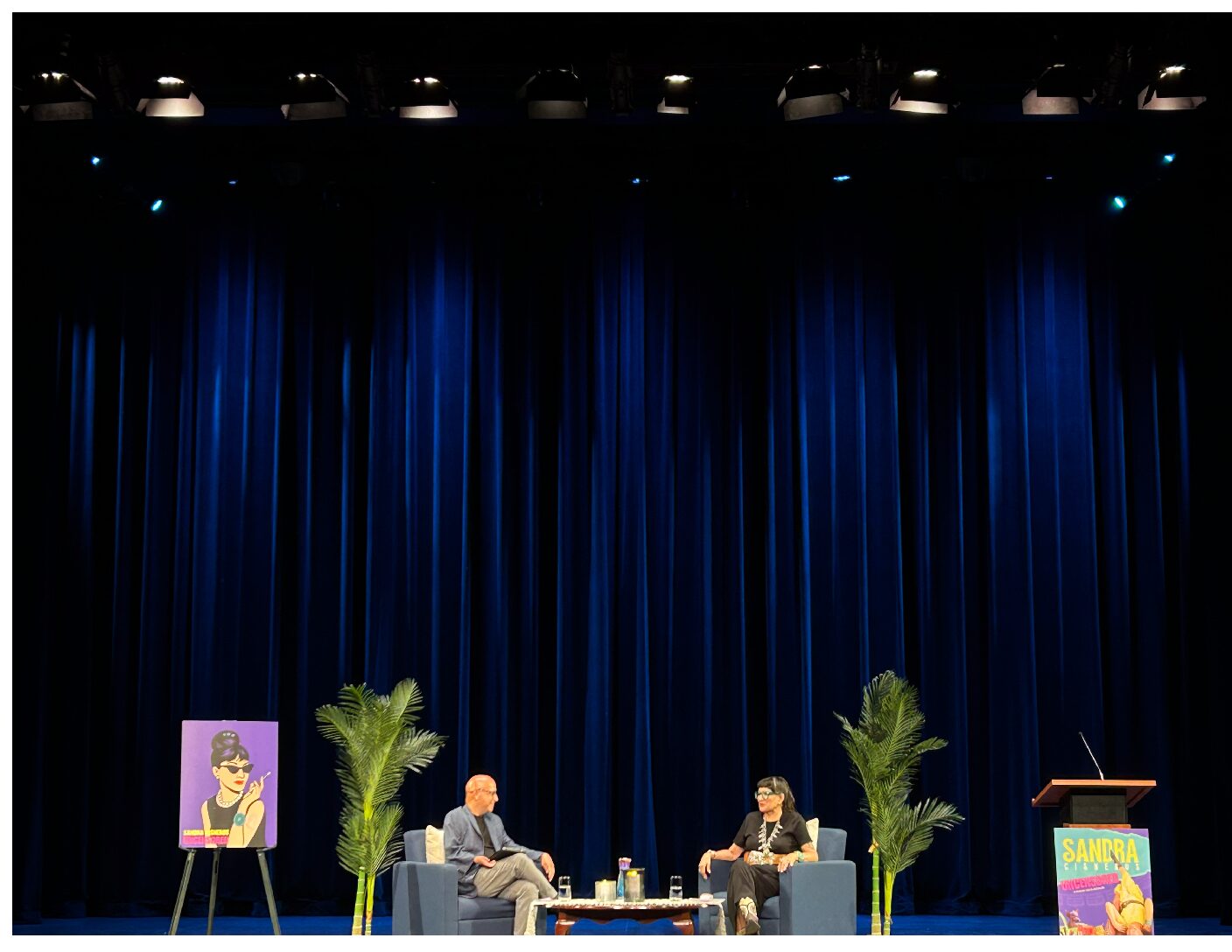After nearly three years, HBO’s popular television series, “The White Lotus,” made its comeback with a third season on Sunday, Feb. 16. The show’s first season, which aired in 2021, happened during a rather interesting time in recent history, as much of the United States’ social landscape was still in the throes of the effects of the COVID-19 pandemic back in 2020. Back then, it seemed like many jobs, for the white collar class at least, were still following the work-from-home trend.
Because of this, lots of people were finding entertainment within the home – especially through streaming television shows. Funnily enough, HBO’s dark comedy, “The White Lotus,” is based on satirical social commentary, some of which probably targets the very audience that enjoys watching it. With season three’s premier, the show introduces a brand new set of detached-from-reality characters with enough money in their pockets to vacation at a wellness retreat in Thailand.
Part of the fun of watching “The White Lotus” is seeing the absurdity of the behavior of the wealthy characters, who like in past seasons, seem to take their fancy vacation resorts for granted. For those who haven’t seen the past seasons, the series typically follows the storylines of multiple characters at once, who range in age and backstory, as well as socioeconomic status.
All of the characters meet – for better or for worse – at a resort in some tropical setting, like Hawaii of season one, or somewhere stereotypically romanticized, like Italy in season two. The show follows the same juxtaposition, which is still present in the newest season: the wealthy, obnoxious vacationers are dysfunctional despite their picturesque vacations, and the local, working-class staff of the resort are affected in various ways by these guests.
One of the show’s biggest appeals for fans is the mystery of what mishaps will lead to somebody’s demise in the end. So far, each season has ended with a death of a significant character, which tends to be cleverly foreshadowed throughout the story in hindsight, but has been difficult to predict for fans while the show is ongoing.
While “The White Lotus” is very plot-driven, it is also an intriguing show because of director Mike White’s talent with casting Hollywood stars. Some of these stars include Jennifer Coolidge, Aubrey Plaza, Theo James, Alexandra Daddario, Sydney Sweeney and Walton Goggins to play characters unlike some of their past roles. In the new season, actress Parker Posey, a starlet of 1990s indie films, joins the cast to play a disaffected, overly-medicated, upper-class matriarch of an odd family. There is also the addition of Lisa, of the K-pop group Blackpink, who plays one of the hotel’s local Thai staff. With this mashup of a cast, the show really shines in its explorations of character studies.
Season three’s most curious set of characters, based on the first episode, is Parker Posey’s family, which has already perplexed viewers due to the suggested potential of incestuous urges between the teenage and young adult siblings. This is where “The White Lotus” veers into something a bit beyond satire, and maybe just pure absurdity. It’s hard to tell where exactly this plotline will go from a single episode, but most well-adjusted fans are probably hoping that their familial ties aren’t fully blood-related.
Following these character oddities, this season also features a peculiar, slightly toxic age-gap relationship between Walter Goggins’ middle-aged character and a young, bubbly British gal played by Aimee Lou Wood. Tensions seem to be on the rise between the aforementioned family and this couple, which seems to foreshadow sinister behaviors between the men in both contexts.
While the show offers ample class critique, it also seems like this season might bring into question the aspect of racial tensions, as well. One of the show’s recurring characters, Belinda, is a Black woman who existed in the world of the first season as one of the hotel’s staff, catering to the wellness needs of one notable rich white woman played by Jennifer Coolidge. In the new season, her status in the “White Lotus” world has been elevated to being a guest, rather than a worker, at the wellness retreat.
Surrounded by upper-class white guests, Belinda stands out both on the screen, and interpersonally. Though the show references her son coming to visit her, she’s seen seeking for a sense of community among other people of color. The show even overtly communicates this as a potential plotline, as Belinda notices two other Black guests at the retreat and shares a knowing look with them, later telling her son on the phone about the encounter.
Verdict: Overall, the new season of “The White Lotus” looks like a promising entertainment prospect, even though the concept of satirizing the trials and tribulations of rich people might start feeling like old news at this point.








